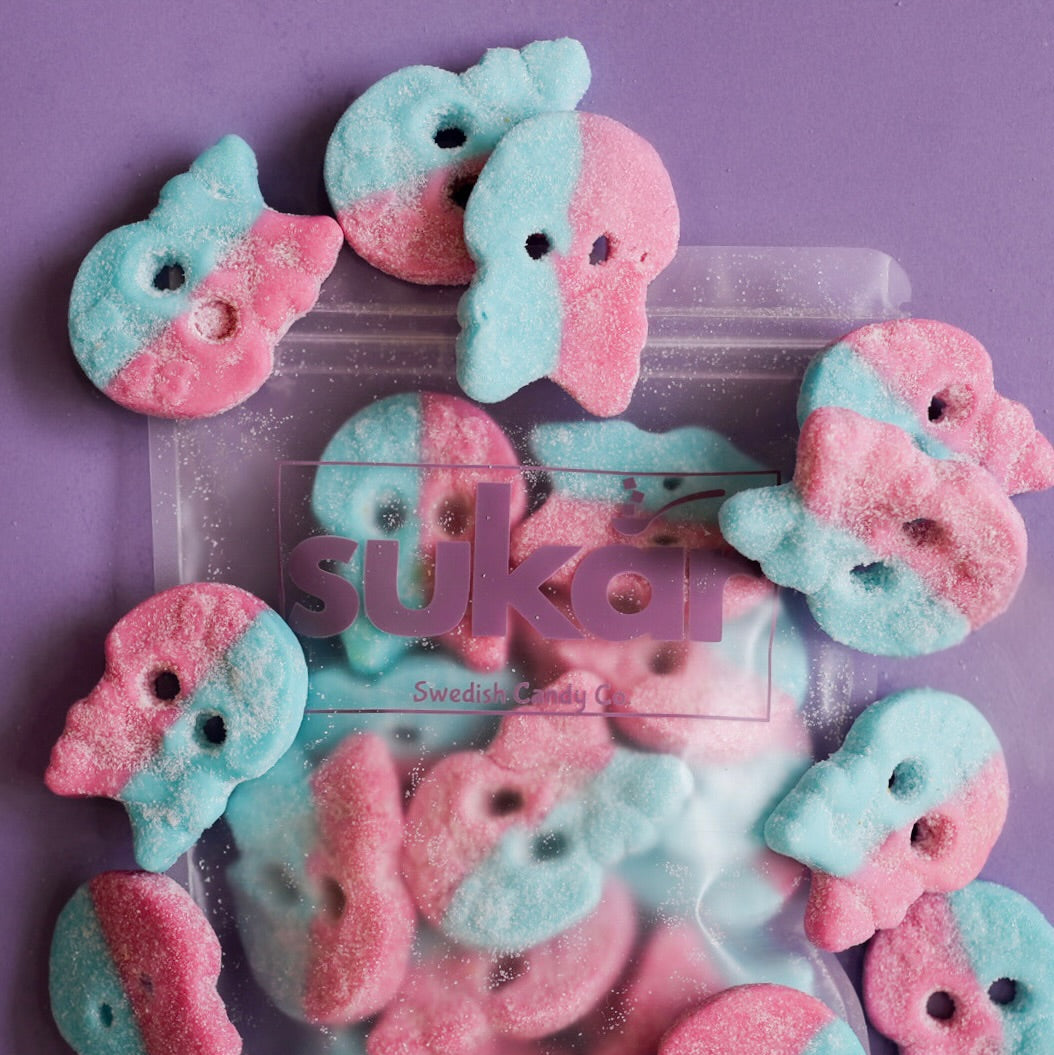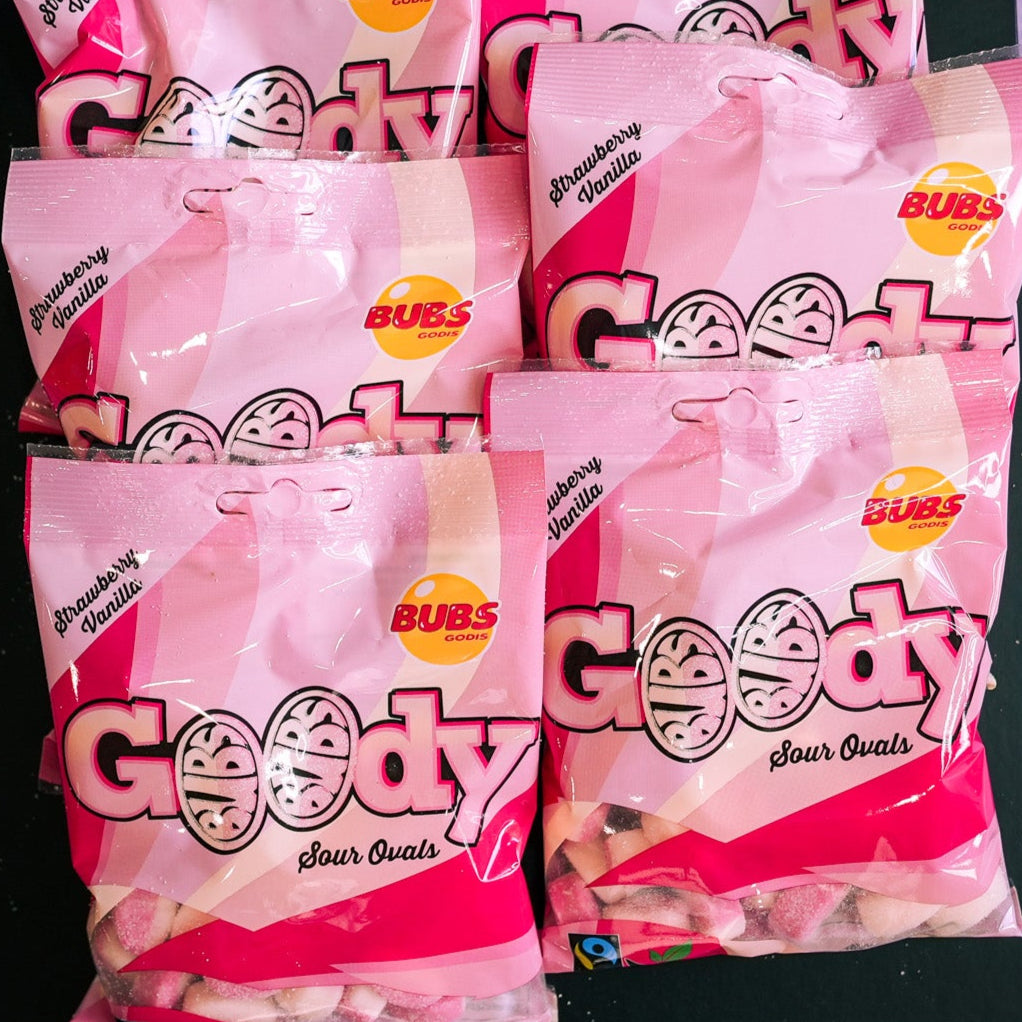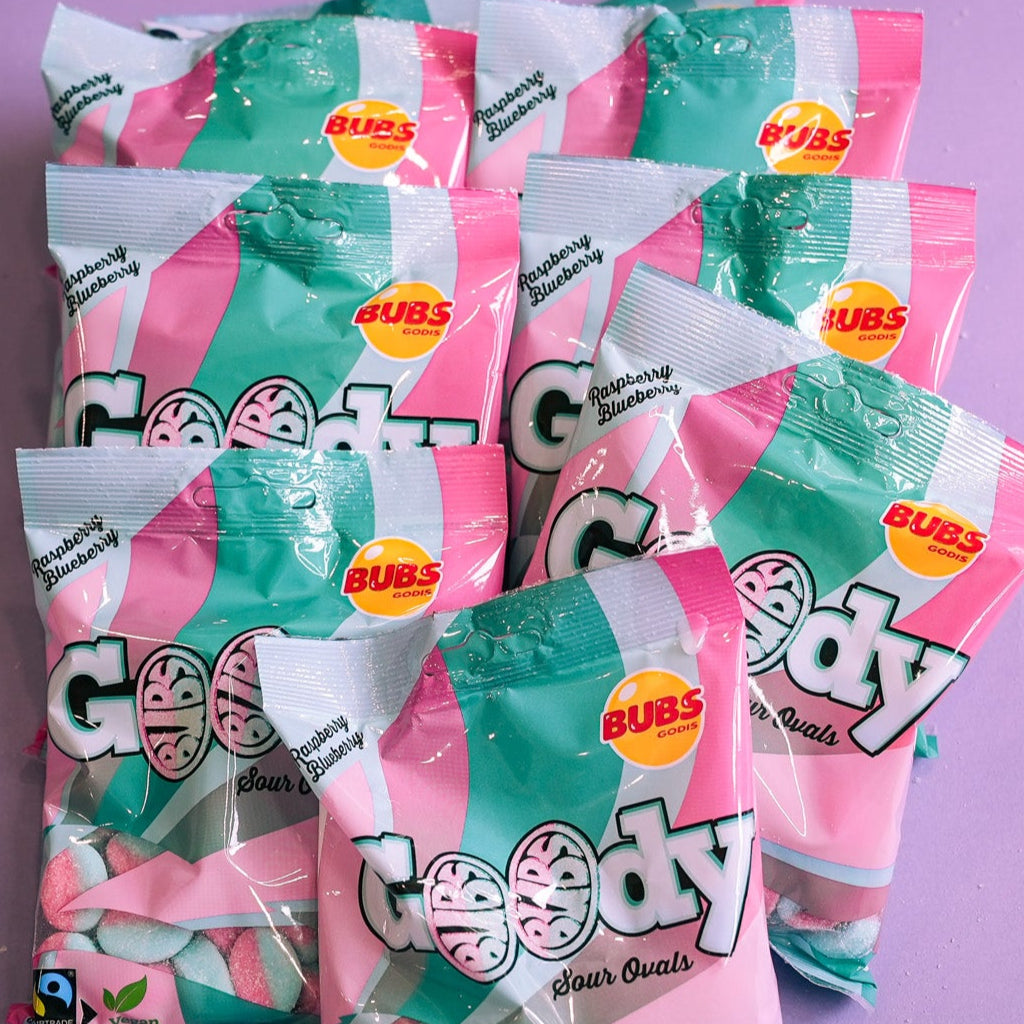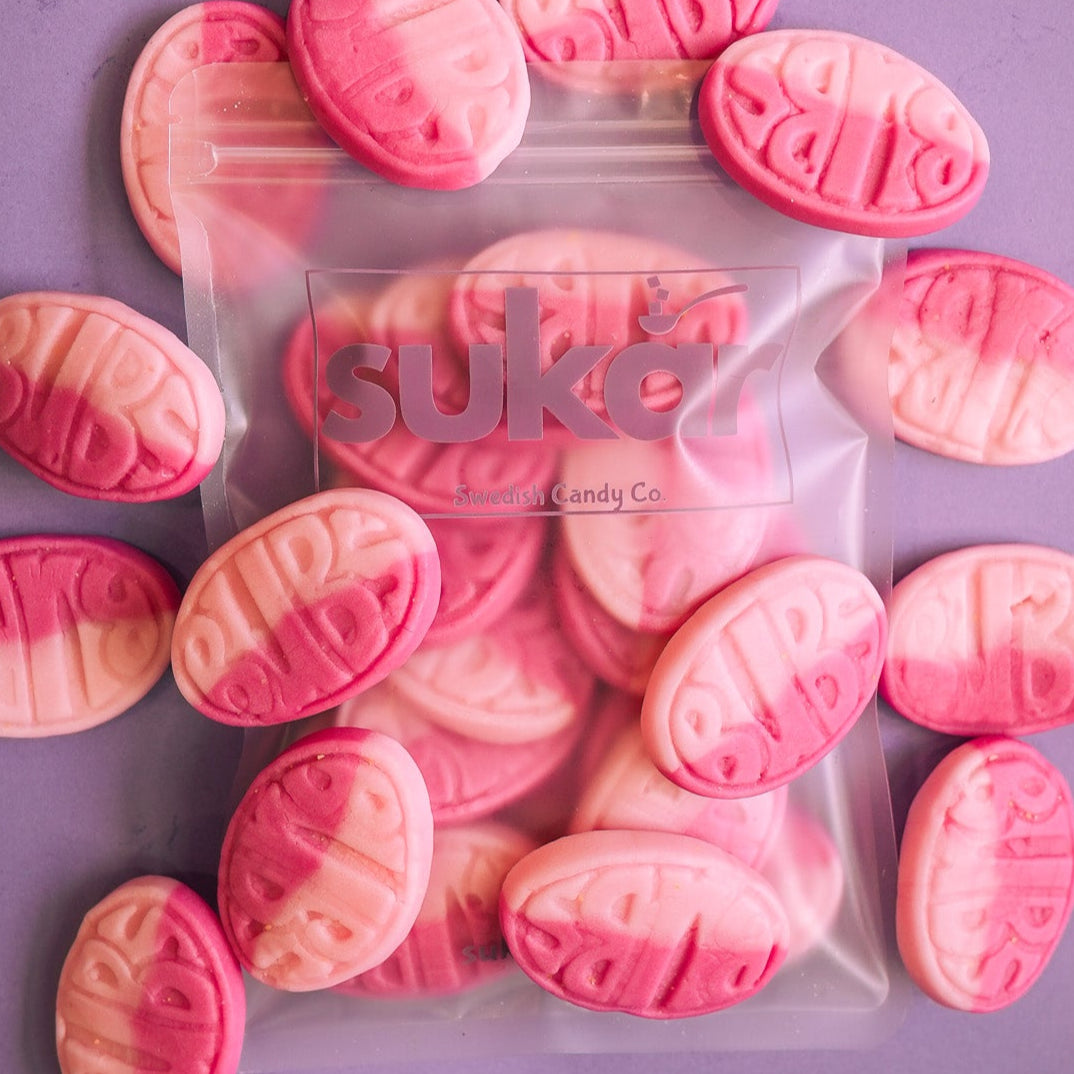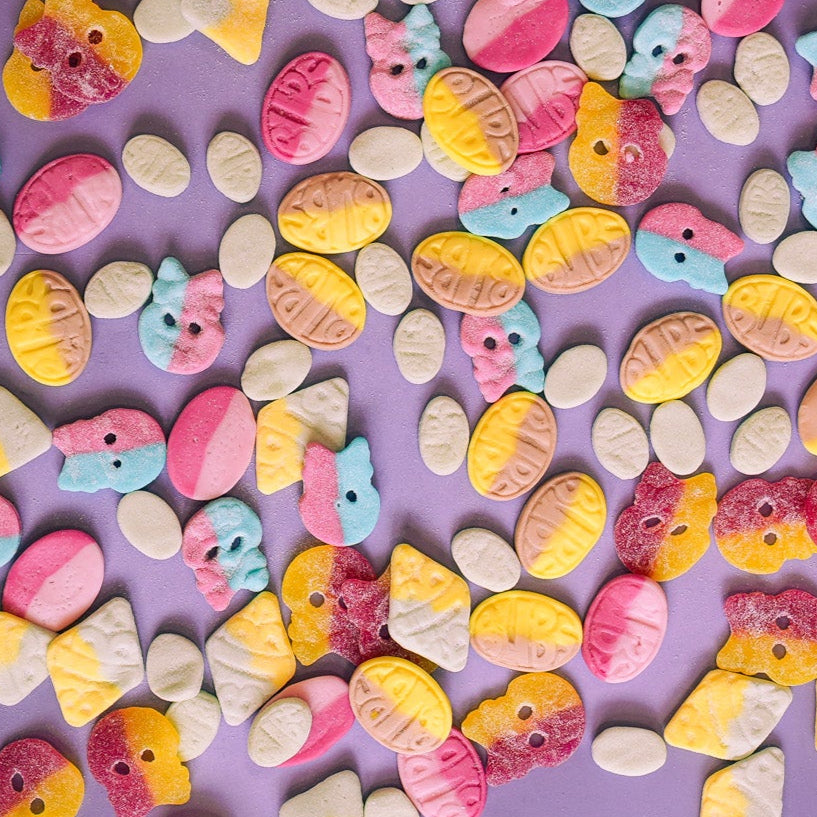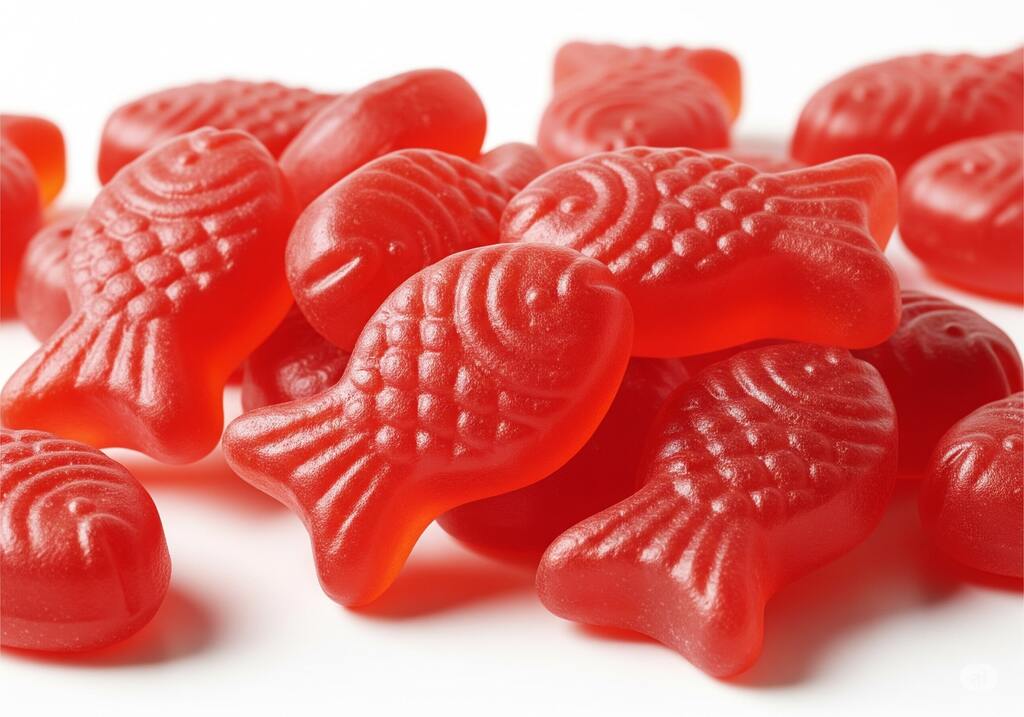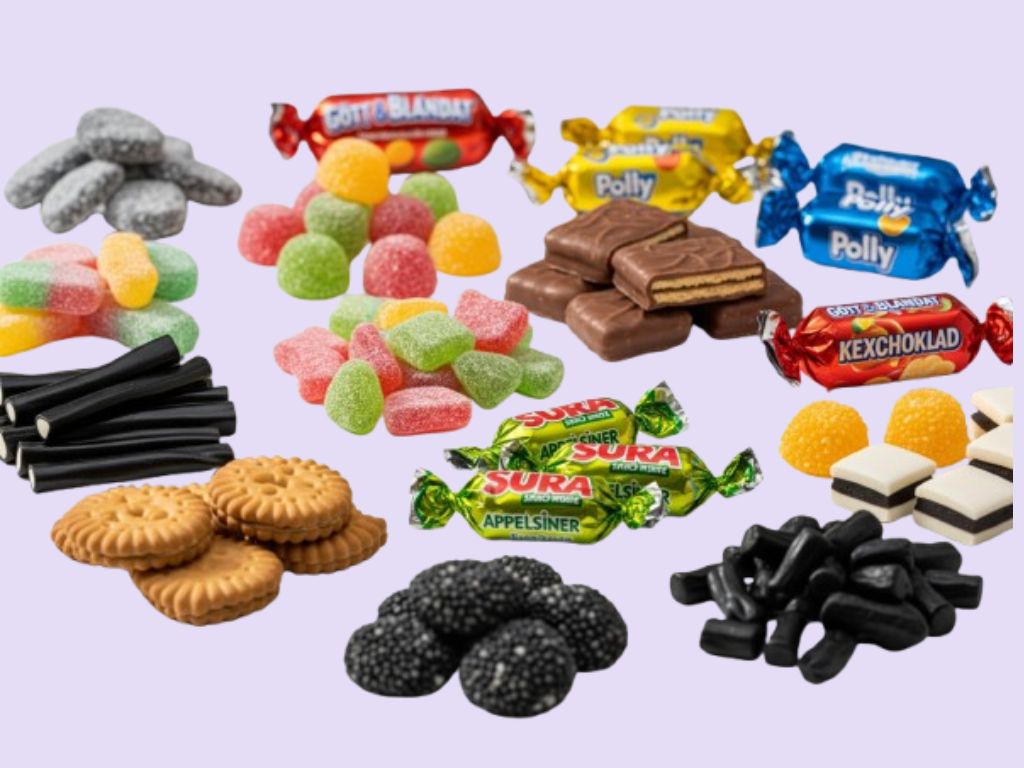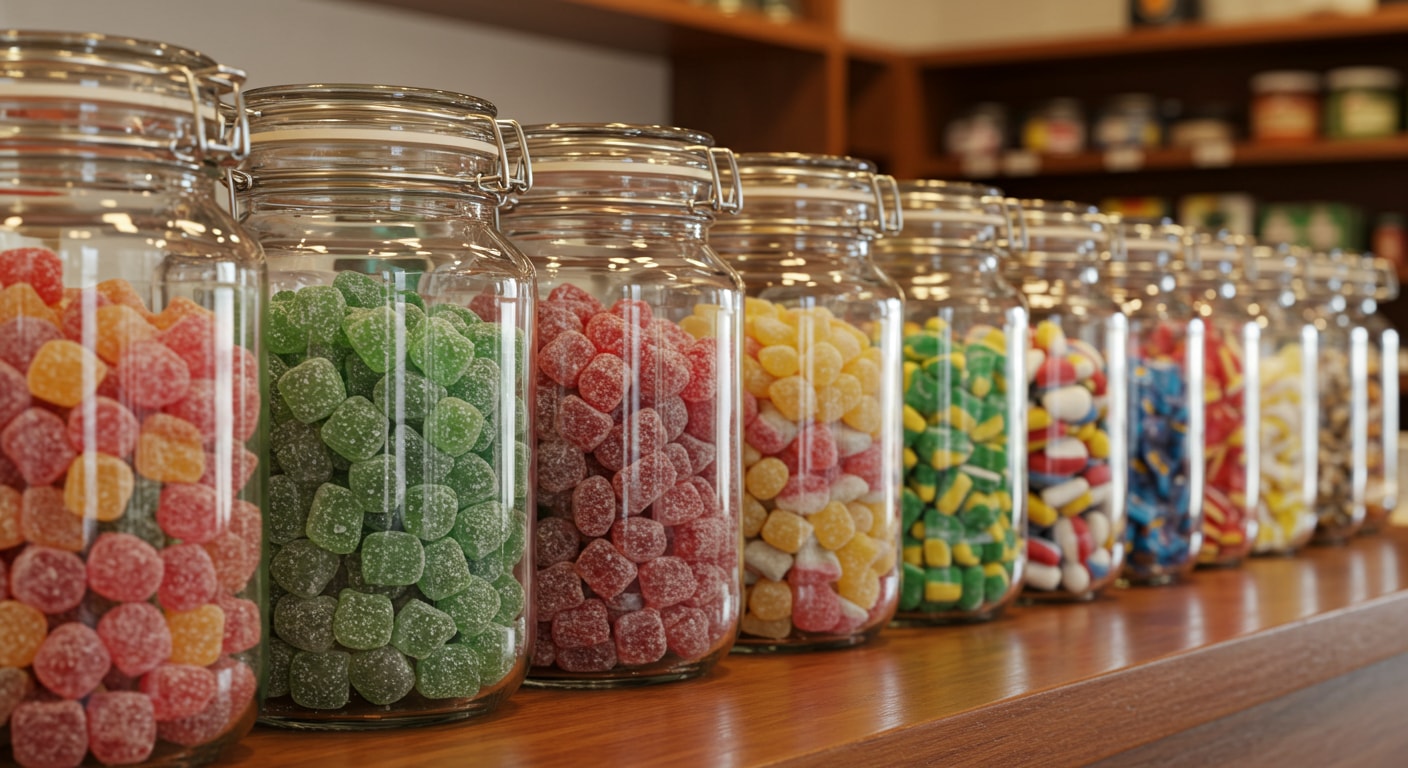You've probably wondered how your favorite vegan sour candy gets that perfect pucker without using gelatin or other animal products. Making vegan gummies isn't just about removing a few ingredients. It requires completely rethinking how candy gets its texture, color, and flavor.
A lot goes on behind the scenes at a vegan candy manufacturer. They use plant-based gelling agents, such as pectin and agar, instead of gelatin. They replace insect-based red dyes with beetroot extract. They swap beeswax coatings for carnauba wax from palm leaves. Even the methods they use are different.

At Sukar, we import authentic Swedish treats all the way from Sweden and package them into fun-sized bags for Americans with a sweet tooth. Whether you're looking for sweet gummies or sour chewy treats, we've got something for everyone.
In this blog, we will go over the process of producing vegan sour candies. Keep reading until the end, as our candy experts will also cover storage guidelines and answer some frequently asked questions.
Let's get started!
What Makes Vegan Sour Candy Different

Vegan sour candy skips all animal-derived ingredients. That means no gelatin, no beeswax coating, and no dairy.
When producing vegan sour gummies, candy manufacturers face many challenges, including creating that perfect chewy texture without the use of gelatin. Here's how they tackle such issues:
Candy Makers Swap Main Ingredients
Instead of gelatin or animal-derived ingredients, vegan candy makers use plant-based alternatives to give their gummies a unique texture. These include the following:
-
Pectin from fruit peels creates a softer, jam-like chew
-
Agar-agar from seaweed makes firmer, more brittle gummies
-
Gellan gum from fermentation produces clear, bouncy textures
Each ingredient creates a different bite. Good vegan candy makers often blend several different plant-based ingredients to get the right chew.
In addition to avoiding gelatin, vegan candy manufacturers often replace carmine and beeswax with fruit and vegetable concentrates, such as beetroot and spirulina. This allows for a natural coloring and plant-based confectioner's glaze.
Candy Makers Use Food Acids
While some people enjoy the chewy texture, it is the sourness that makes vegan sour candy incredibly popular in the United States. So, how do candy makers make these treats tangy?
The answer lies in the type of food acids that manufacturers choose. Candy makers use natural food acids, including citric acid from citrus, malic acid from apples, and tartaric acid from grapes, to provide a mouth-puckering experience that vegan sour candies are known for.
Vegan Sour Candy Offers a "Satisfying" Chew
Without gelatin's stretchy bounce, vegan gummies feel different. Some are softer and more tender, while others are firmer but less elastic.
Instead of replicating the texture of gelatin, candy makers experiment with different plant-based ingredients to create the perfect chew for their target audience.
Should You Buy Vegan Sour Candy?

Vegan sour candy isn't just for vegans. It works for more people than you might think, and here's why:
Vegan Gummies Are Perfect for Anyone with Restrictions
Allergies and sensitivities make regular candy off-limits for many people. However, that isn't the case with vegan candy, as it avoids gelatin, dairy, eggs, and other animal-derived ingredients.
Everyone can eat vegan gummies, making them a fantastic option for sharing among friends who may have different dietary restrictions.
Vegan Gummies Are Made From Better Ingredients
What surprises most people is that vegan candies often taste more like real fruit. Instead of using artificial colors and flavorings, many candy makers incorporate actual fruit and vegetable extracts into their recipes. This makes these mouth-puckering treats a healthier alternative to traditional sweets.
Vegan Gummies Are Good for Your Conscience
Choosing vegan candy means no animals were used to make your treat. Plus, plant-based ingredients like pectin come from fruit waste (citrus peels and apple pomace) that would otherwise get thrown away. It's a small way to make a better choice without giving up something you enjoy.
How Is Vegan Sour Candy Made?
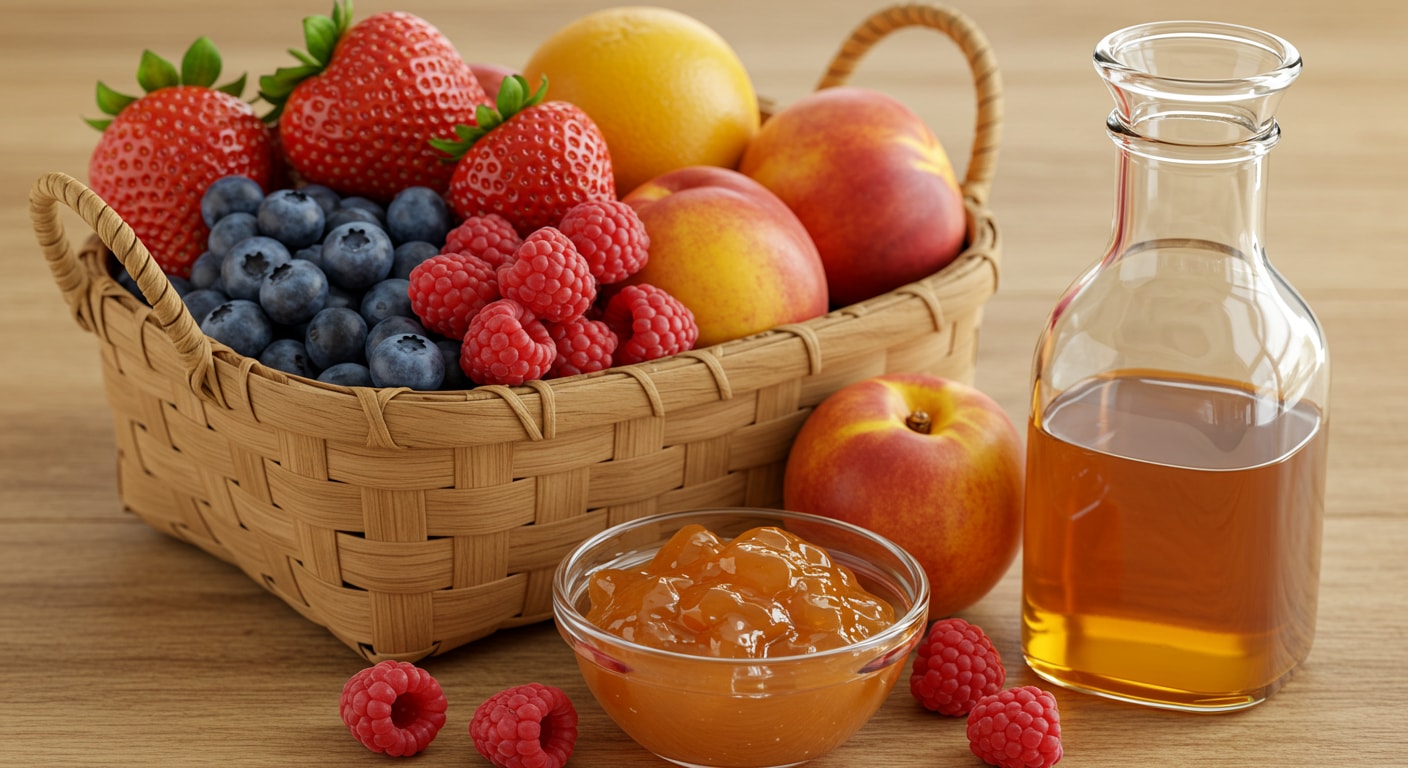
Here's how candy makers create that perfect chewy, sour treat without any animal products:
Manufacturers Use Good Quality Ingredients
There are four things that manufacturers focus on when producing vegan sour gummies, and they include the following:
1. The Base
Most vegan sour candy starts with regular sugar or sugar from coconuts, beets, and dates. Some manufacturers may use agave or maple syrup to sweeten their treats.
However, it's important to note that some candy makers use bone char to refine sugar. This means that the candies or gummies these companies produce may not be 100% vegan.
2. The Chew
Without gelatin, candy makers need plant-based alternatives that create the right texture. They may prefer pectin, agar-agar, carrageenan, gellan gum, or a combination of these ingredients. It requires a lot of research and product testing to create the perfect chew.
3. The Sour Factor
The pucker comes from plant-based acids, such as citric acid, malic acid, and tartaric acid. For more information on what makes vegan sour gummies tangy, make sure to read our blog on "Best Swedish Sour Candy for Summer 2025 (A Top 10 List!)."
4. The Colors and Flavors
Instead of artificial dyes and flavorings, vegan candy uses fruit and vegetable concentrates, including beetroot for red, turmeric for yellow, and spirulina for blue. The flavors come from real plant extracts, too.
The Manufacturing Process
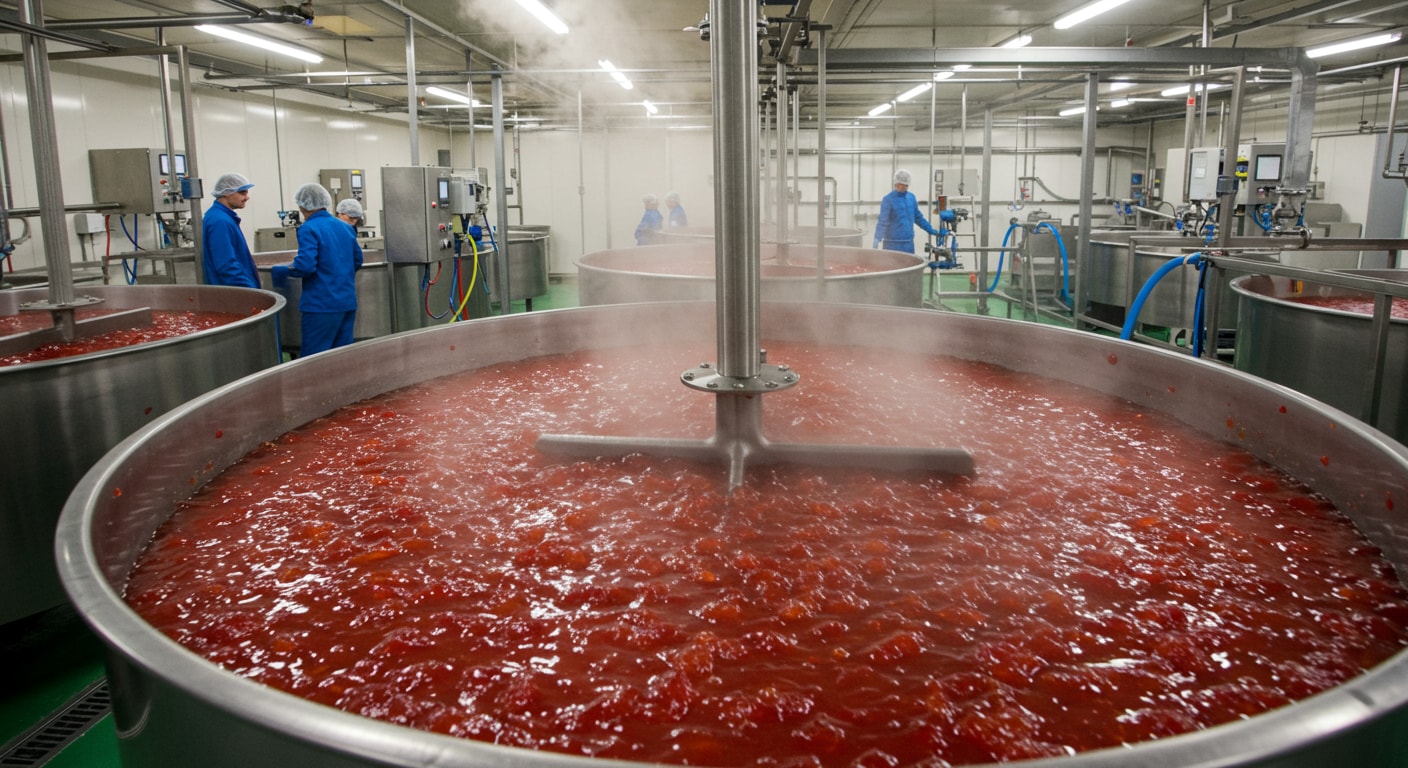
Now that you know the ingredients candy makers use, let's quickly go over the steps manufacturers follow to produce vegan sour candy.
Step 1: Mixing and Cooking
Candy makers weigh out all dry ingredients precisely, then add liquids like water and corn syrup. They heat this mixture to exact temperatures while stirring constantly. The mixing time depends on the gelling agent used.
Step 2: Adding Flavor and Color
Once the mixture cools down, manufacturers add natural flavors and colors. During this step, timing is crucial. If the mixture is too hot, it could destroy the delicate fruit flavors.
Step 3: Molding
When the mixture is ready, manufacturers pour the hot liquid candy into molds. Traditional candy makers use starch molds (impressions in cornstarch trays), whereas modern facilities prefer to use silicone molds for better shapes and faster production.
Step 4: Setting and Drying
This step takes patience. The candy sits in controlled temperature and humidity rooms for hours or even a full day. During this step, constant monitoring is required. Too much moisture can make the candy sticky, while too little can make it brittle.
Step 5: The Sour Coating
Once the candies are dry, candy makers tumble the finished gummies in rotating drums while sprinkling on "sour sand." This is a powder that consists of a mix of food acids and fine sugar.
A major challenge that vegan candy makers face during this step is ensuring the right tackiness. Too dry, and the sour powder won't stick. Too wet, and it dissolves into a clumpy mess. Some manufacturers spray a fine mist of water or oil to get the right amount of adhesion.
Step 6: Quality Control
Throughout the process of making vegan sour candy, candy makers test everything, including the following:
-
Texture using specialized equipment
-
Flavor through taste testing
-
Moisture levels for proper chewiness
-
pH for consistent sourness
What Kind of Gummies Aren't Vegan-Friendly?
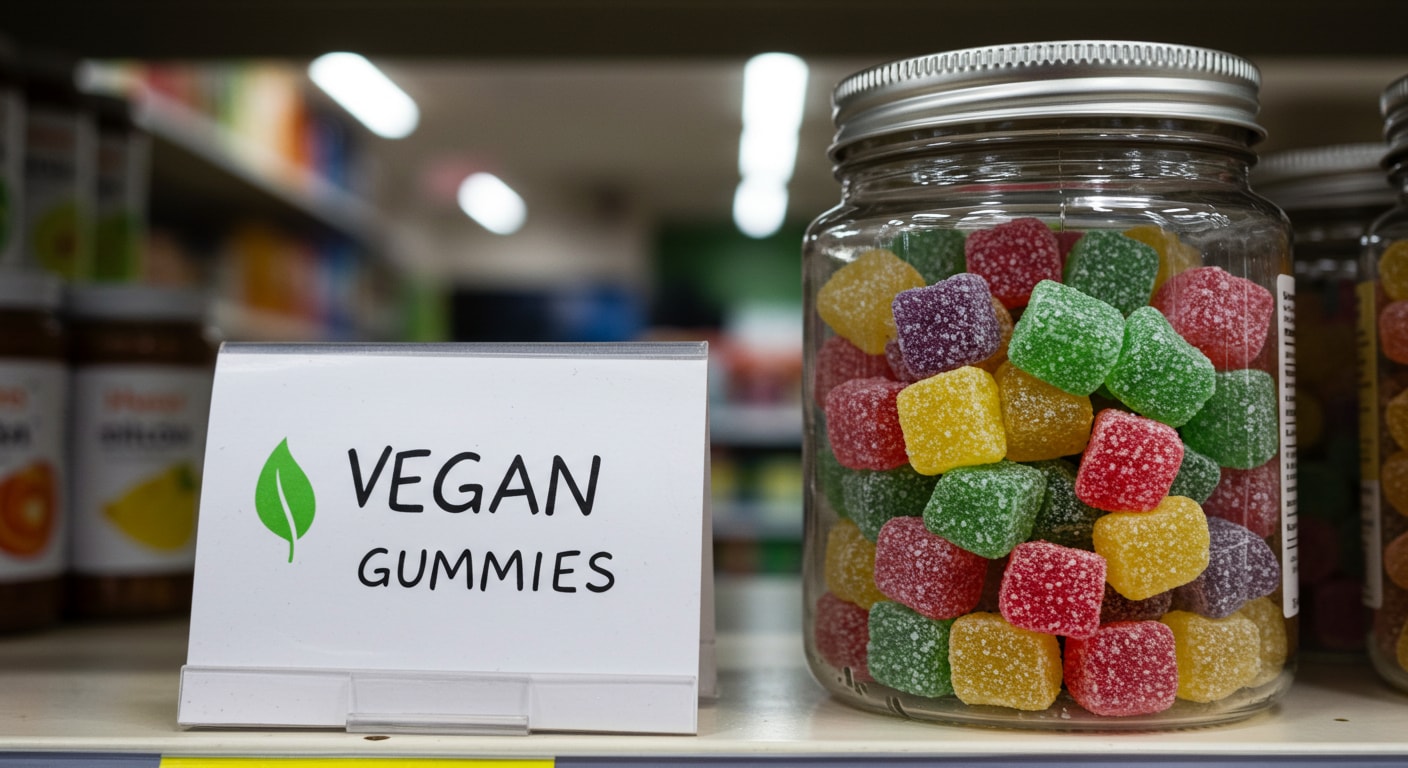
If you're a vegan, shopping for gelatin-free sour candies can be challenging. The best way to confirm whether a pack of gummies is vegan-friendly is to look for the following symbols on the package:
-
Vegan Society sunflower logo
-
Certified Vegan "V" in a circle
-
V-Label (common on European imports)
Some manufacturers may not have a vegan certification, which can complicate things. In such situations, it's best to scan the ingredient list for these deal-breakers:
-
Gelatin (if you see this, it's not vegan)
-
Carmine or E120 (red dye from crushed insects)
-
Beeswax or E901 (coating agent)
-
Shellac or E904 (another insect-based coating)
-
Lactic acid (unless labeled as plant-based)
Some candy makers specialize in vegan products and understand what you're looking for. Others have clear vegan product lines. When in doubt, stick with brands that clearly label their vegan options or have a good reputation in the vegan community.
Swedish candy makers often use different processing methods than US manufacturers. Due to this, most of their products are vegan-friendly even when they don't specifically market them that way.
Sukar is a reliable candy importer that imports a wide range of vegan sour gummies. Our online store has detailed product descriptions and the right labels for a better shopping experience. From mouthwatering BUBS Dizzy Skulls to tantalizing BUBS Goody Raspberry Blueberry, our selection of gelatin-free gummies will have your mouth watering in no time!
How to Store Vegan Sour Candy
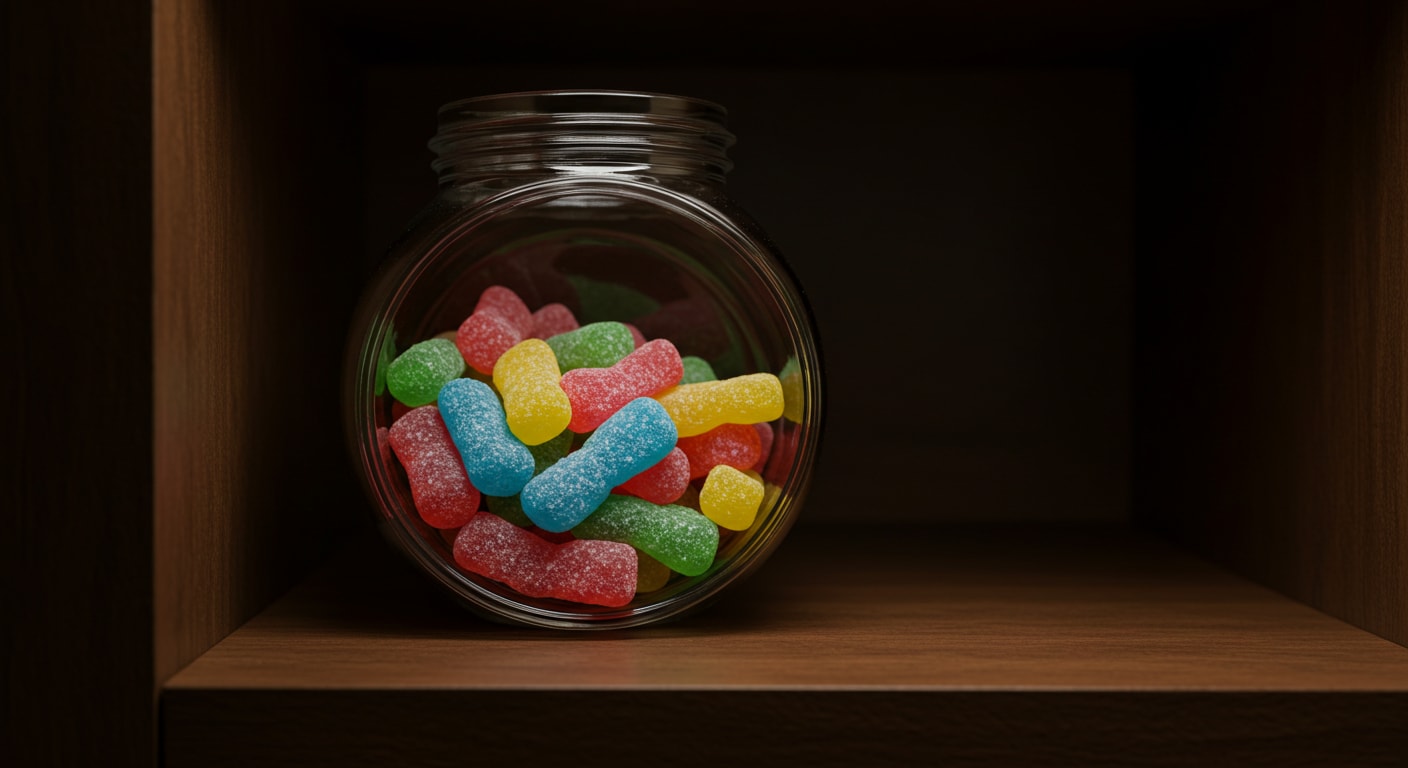
While vegan sour candies are a healthier alternative to traditional sweets, it's important to consume them in moderation. To make sure that your gummies taste fresh and maintain that perfect chewy texture over a period of time, follow these tips:
-
Store your candy somewhere between 60-70°F. Avoid hot spots like near the oven or in direct sunlight. Heat makes gummies melt and stick together.
-
Humidity is the enemy. This is especially important for sour candy. That tangy coating is made of sugar and acids, which absorb moisture from the air. When they get wet, they dissolve and create a sticky mess.
-
Keep humidity below 50% if possible. A pantry or cupboard works well. Don't put sour candy in the fridge unless the package specifically says to.
The original packaging usually isn't enough to ensure freshness after opening. Once you open the package, transfer your candy to an airtight container. It'll prevent the sour gelatin-free gummies from drying out and becoming hard or absorbing moisture and getting sticky.
Thinking About Vegan Sour Gummies? Order a Bag of Swedish Candies From Sukar!
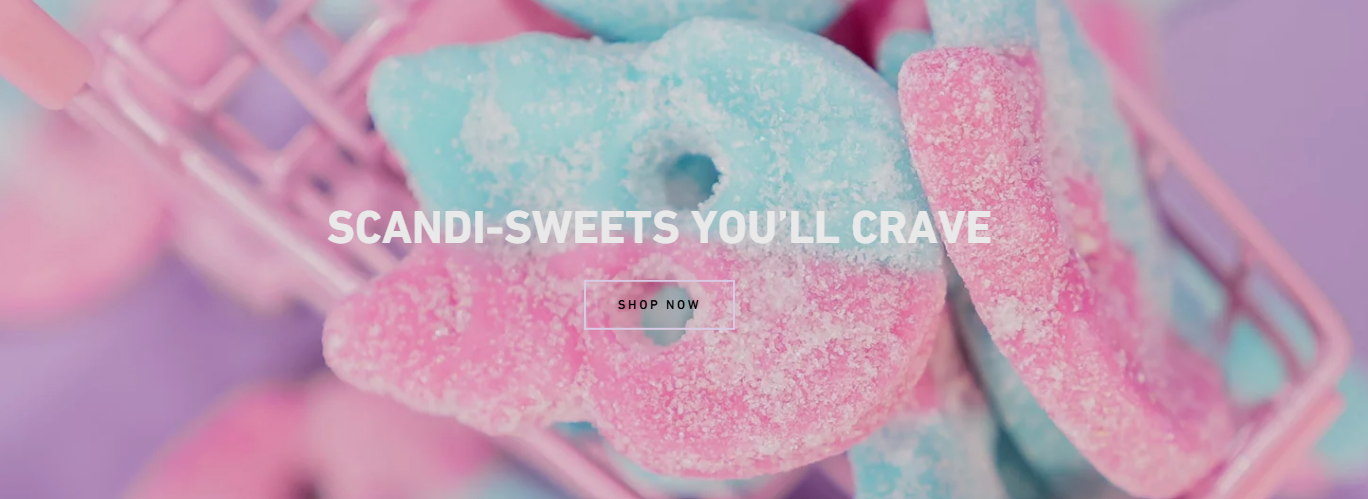
Are you ready to indulge in a guilt-free snack? Browse through our collection of vegan Swedish candies and order a pack today.
Whether you want to buy BUBS or try our Swedish Candy Sour Mix, Sukar remains committed to delivering the best quality vegan gummies right to your doorstep!
Frequently Asked Questions
Are Sour Patch Kids vegan?
It depends on where you buy them. The Sour Patch Kids in the United States don't contain gelatin. However, there are two things that vegans need to be aware of and they are:
-
Some manufacturers may use bone char to process sugar
-
The colors and flavorings used may not be 100% plant-based
Sour Patch Kids in Europe do contain gelatin, so they're definitely not vegan. Always check the ingredient label because formulations can change from one country to another.
What Makes Candy Truly Vegan?
A candy is 100% vegan when it doesn't contain animal products. This means no gelatin, carmine (a red dye derived from bugs), beeswax, shellac, or any animal-derived ingredients. It also means avoiding sugar processed with bone char and confirming that the "natural flavors" come from plants only.
Are Vegan Candies Healthier?
It depends. Most vegan candies are made from high fructose corn syrup. Overconsumption can lead to many health and dental issues.
That said, Swedish candies may be a healthier alternative to traditional sweets. Some manufacturers use real sugar instead of high fructose corn syrup and prefer natural flavorings and colorings over artificial ones.
What Is Bone Char, and Why Do Vegans Avoid It?
Bone char is charred animal bones ground into granules. Some sugar refineries use it to filter cane sugar and refine it to make it white. While the bone char gets removed, strict vegans may want to stay clear, as the sugar does come in contact with animal products during processing.
Beet sugar and organic cane sugar typically do not undergo bone char processing. Many Swedish candies use beet sugar, which is why these tasty treats are often vegan-friendly and make for great guilt-free snacks.
Can Muslims Eat Vegan Gummies?
Yes. Since vegan candy contains no animal products, it typically meets halal requirements.
That said, for Muslims, it's essential to check for a specific halal certification. This ensures no cross-contamination occurred during manufacturing and that no alcohol-based flavorings were used.
Do Lollipops Contain Gelatin?
Lollipops and other hard candy rarely contain gelatin. They're made from sugar, corn syrup, flavors, and colors that harden when cooled. Gelatin creates chewy textures, not hard ones.
Is Swedish Fish a Vegan Gummy Candy?
Yes. Most Swedish fish manufacturers use corn syrup, starch, and carnauba wax to produce these delicious delights. However, some varieties of this sweet treat may contain animal ingredients, which is why it's important to read the label before purchasing.
Is Sour Skittles a Vegan Candy?
Originally, Sour Skittles were made from gelatin and other animal-derived ingredients. Over the years, the candy maker has changed the formulation to make it vegan-friendly. Whether it's green apple, strawberry, lime, lemon, orange, or grape, all of these flavorful variants are 100% vegan.
Are Jolly Rancher Gummies Vegan-Friendly?
Yes. Jolly Rancher Gummies are surprisingly vegan-friendly. They come in amazing fruity flavors, including green apple, blue raspberry, cherry, grape, and watermelon. However, there are other varieties from the brand that do contain gelatin.
Are Twizzlers Vegan?
Yes. Twizzlers are made from plant-based ingredients. However, the brand doesn't advertise these sweet treats as vegan.

